Israel’s siege in Gaza has wreaked havoc on the small territory. Following the Hamas attacks on Oct. 7, 2023 that killed more than 1,200 people in Israel and saw over 200 people taken hostage, more than 60,000 Palestinians have been killed, 92 percent of buildings have been damaged or destroyed and about 90 percent of the population has been displaced.
The war has also driven many Gazans into starvation. According to the Integrated Food Security Phase Classification (IPC) system, parts of Gaza have reached two out of the three thresholds for famine. The IPC said that Gazan hospitals have treated more than 20,000 children for acute malnutrition between April and mid-July.
You may unsubscribe from any of our newsletters at any time.
Roula Kikhia is a humanitarian adviser with Save the Children Canada, a child-focused aid organization that provides long-term support in countries hit by conflict or natural disasters. Save the Children supports children in Gaza through local Palestinian partner groups by providing clean drinking water, running primary health-care centres and operating child-friendly spaces. She spoke with Broadview at the end of July about the situation facing children in Gaza and how Save the Children is trying to help.
Emma Prestwich: What are the challenges in delivering the aid and support you provide?
Roula Kikula: The current situation in Gaza is beyond horrible and has also gotten worse. Our colleagues are telling us that they are seeing children and babies dying in front of them. So far, 147 people, including 88 children, have been reported dead due to malnutrition and starvation, and numbers are increasing every day. Let me be very clear here: this is a man-made crisis. This is the starvation of children by design; all of this could have been prevented. Gaza has been under siege by Israeli forces for more than four months: no food, no water, no nothing — even when we see that a few trucks are entering, which is a drop in the oceans of the need. Having to work in the middle of these conditions is very hard. Our team are risking their lives every day to keep working and supporting children, pregnant and breastfeeding women, families and caregivers so they can have access to the services.
EP: How does severe food deprivation affect children’s health and development?
RK: Our colleagues in the child-friendly spaces are telling us that children are fainting. They want to disconnect from the horrible reality of not really eating for one or two days, and they come to this space, and they don’t have the energy to do the activities. We hear the children telling us that they want to go to heaven because there’s food in heaven. They are telling us that they want to die because they want to meet with their father or mother who was killed. And what’s horrible is that, witnessing this, we see this no real action being taken by decision-makers to stop this and help the children to just live the life that they deserve.
EP: What is the main issue in accessing food?
RK: We’ve seen a lot of media reports about the Gaza Humanitarian Foundation [an American- and Israeli-government backed non-profit established in Feb. 2025 to distribute aid]. There is nothing humanitarian about it. They [offer] militarized food distribution sites that people are risking their lives to go to. So, it’s not only getting the aid in — which is a big issue — it’s also providing safe access to this aid. That’s why we keep calling for decision-makers to pressure to open all the land-crossing points and let in the humanitarian organizations that have this expertise and that actually have the aid. We are ready to do the work. So let us do our job.
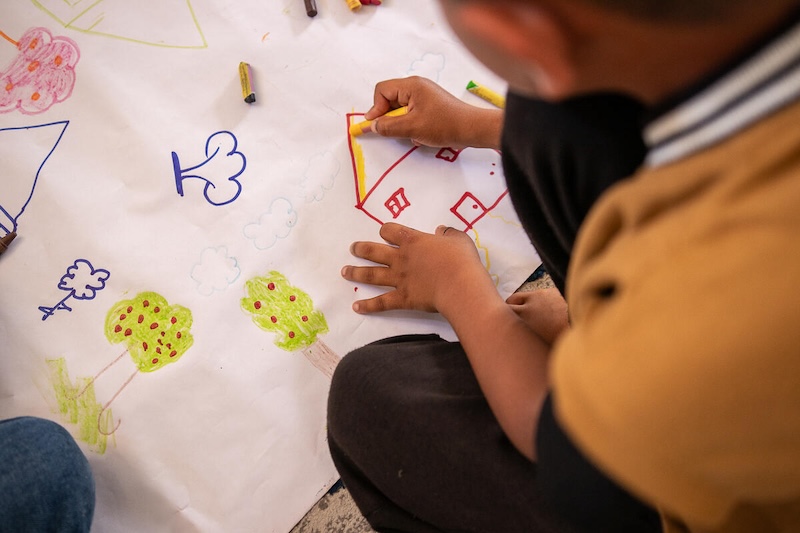
EP: Given the barriers to aid distribution, has Save the Children shifted its focus from providing aid to advocacy?
RK: We continue to run our operations. Our clinics are doing all they can to treat the children we see. But the only way we can put an end to mass starvation is through a definitive ceasefire and the re-establishment of conditions for the humanitarian system — the NGOs and humanitarian workers — to work at their full scale. I’m calling the colleagues heroes. They are really doing the best that they can, and we are committed to continue the operation. But we want action.
The recent Integrated Food Security Phase Classification Alert outlines the worst-case scenario of the famine unfolding in the Gaza Strip. This is not a surprise. We’ve been warning about this since 2023. The report said that people in Gaza, children and women and men, [are at risk of entering] phase five [catastrophe/famine], the last stage. There’s nothing after phase five. It’s very late for the children there, for every single person living in Gaza, including the local partners we’re working with.
- ‘This is where I need to be’: A Canadian doctor reports from a Gaza hospital
- United Church urges Canada to stop arming Israel and support South Africa’s case at the International Court of Justice
- United Church’s Japhet Ndhlovu defends the denomination’s critique of Israel
EP: What do you think about what the Canadian government has done so far?
RK: We welcome a recent announcement about increased funding [for humanitarian aid] announced by Foreign Affairs Minister Anita Anand during her visit to the two-state conference in New York. But I would say that this is not enough. There are huge needs in Gaza, but extra funds are not the only solution. The solution is not a logistical one. It’s a political one. So, it’s time to take action. We are demanding for immediate and definitive ceasefire in place, not a pause. We’re asking to lift all the administrative restrictions and open all the crossings. We’re asking the Canadian government to call for this, ensure access to aid to reach everyone inside Gaza. Put in concrete measures to end the siege, such as holding the transfer of weapons and ammunition to the government of Israel. Stop using Canadian money to kill the children in Gaza.
***
This interview has been condensed and edited for clarity and length.
Emma Prestwich is the digital and United Church in Focus editor at Broadview.

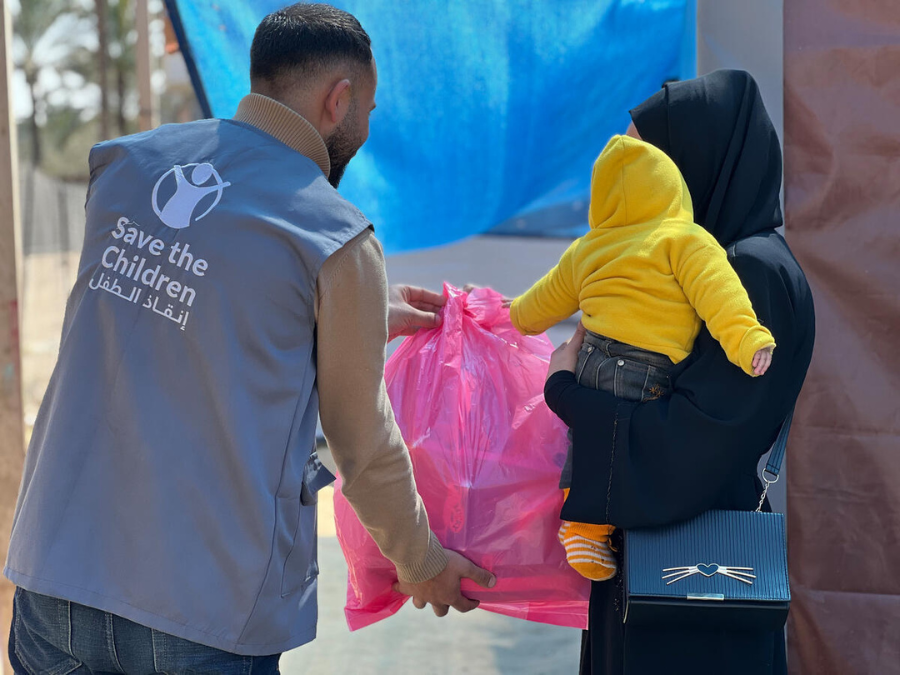


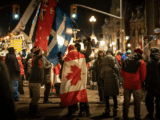

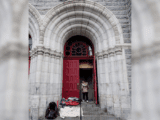



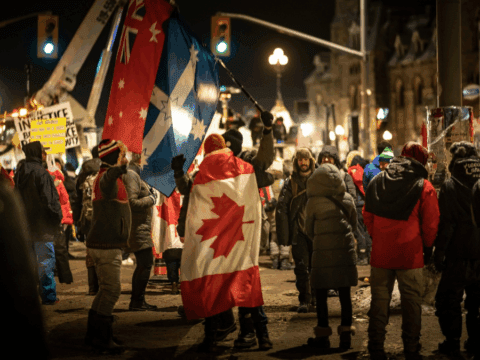




Gaza was given a lot of money to rebuild after Israel pulled out. Instead, a terrorist hub was developed with miles and miles of tunnels, tons of weapons and the recruitment of Hamas terrorists determined to wipe Israel off the map. When I see newsreels I initially see children crying and trying to get at food that is being doled out to them. However, in the next scene I see strapping young men, women with fat faces and people who still have strength to dig through the rubble. My feeling is that the population of Gaza is increasing so there is still energy for baby-making, there is food getting in, Hamas is famous for not wearing uniforms and for hiding behind civilians. Hamas could end this tomorrow. Why are people reporting and listening to terrorist propaganda? I don’t see much unbiased reporting on the war that Hamas started. If Israel gives up the terrorism will only continue.